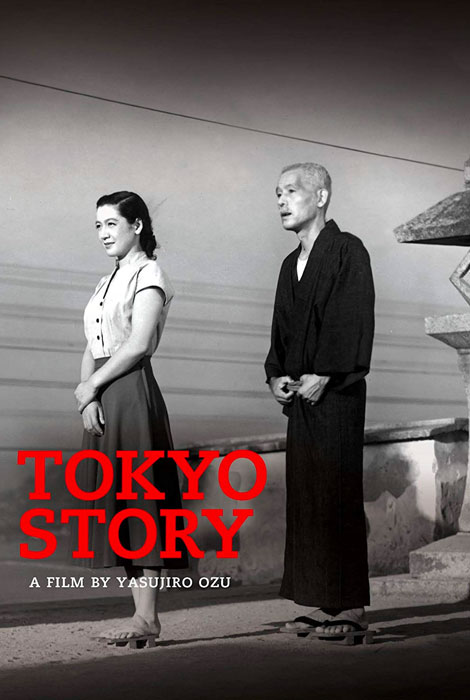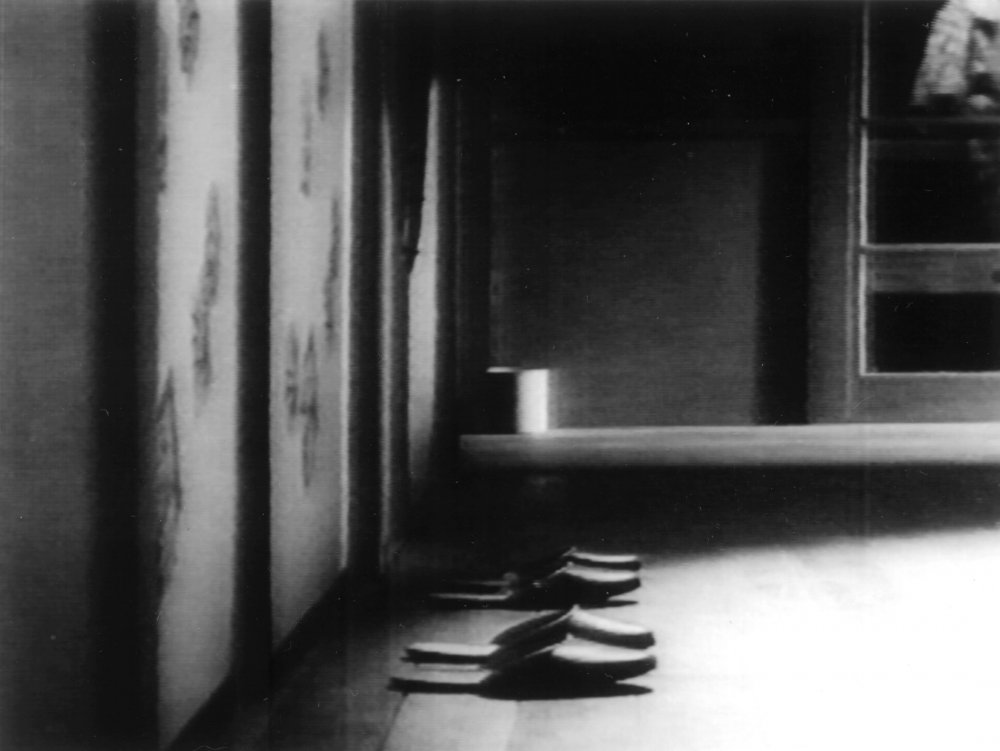Tokyo story by Yasujiro Ozu- Film Analysis
TOKYO STORY by Yasujiro Ozu- Film Analysis
Krutika shinde
Tokyo Story is a Japanese film directed by Yasujiro Ozu. The main storyline of this film is about this old couple and about their adult children. Their old parents come to visit them in Tokyo while they don't have time to spend with them in their busy lives so the responsibility falls on their daughter in law who is a widow as their son dies in world war II.
Ozu is also trying to give us audience a realistic feeling, that the normal or everyday life of a human can also entertain us. It also makes us, audience connect to the characters by triggering our feelings.
Tokyo city isn't shown much in the Tokyo story. This film also says a lot more about Ozu who directed this film. It tells us the unique camera work which is done in this film. I noticed that in various scenes camera didn't move, it stayed at the same place. The camera angle is usually low but in some scenes, it is at eye level looking up at the chimneys throwing smoke out or looking down at trains passing by. There are various medium shots as well as long shots in this film. Look at the details which are captured by the camera. These shots are very simple but so beautifully framed. Almost the whole film is been shoot inside the house and not outside. The Japanese culture is also portrayed in this film. The camera shoots simple things like the interior of the house, the sea, the chimneys, clothes hanging on the wire with a calm breeze moving through them and so much more.
In some scenes, the characters are also looking at the camera which is portrayed as if they two are talking to each other especially this old couple.
In one scene, at Koichi's house. The kid's mother tells him to see if his grandparents are ready or not. He runs towards the direction of their room, walks the stairs, and asks his grandparents, then he returns back to his mother. In this whole scene, Ozu didn't cut it or framed it, the whole scene was shown without cheating on time.
Lines which I liked from this film which hits somewhere in our hearts as the audience.









Comments
Post a Comment